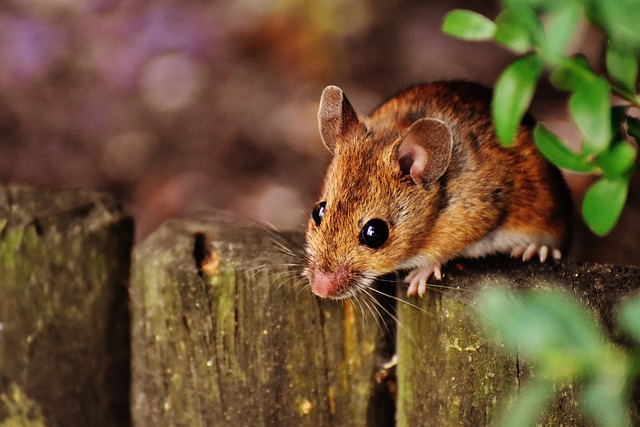As a homeowner, discovering rodents or other wildlife in your home can be a nightmare. Wildlife infestations can cause property damage, spread diseases and pose safety risks to your family. If left unchecked, they can quickly reproduce and take over your home. In this article, I will share some tips for effective wildlife removal to help you keep your home safe and rodent-free.
Understanding the importance of wildlife removal
Wildlife removal is not just about getting rid of pesky animals that have made their way into your home. It’s also about protecting your property and your family. Wildlife can cause significant damage to your home’s structure, insulation, and wiring. Some wildlife, like rodents, can chew through electrical wires, causing fires or damage to your electrical system. Additionally, they can spread diseases through their droppings, urine, and saliva.
Common wildlife problems homeowners face
Wildlife infestations can happen to any homeowner, regardless of how clean or well-maintained their home is. Some of the most common wildlife problems homeowners face include rodents, such as mice and rats, squirrels, raccoons, and bats. These animals can enter your home through small cracks and holes in your walls, roof, and foundation. Once inside, they can reproduce quickly, making it difficult to get rid of them.
The dangers of wildlife infestations
Wildlife infestations can pose several dangers to your family and pets. Rodents can carry diseases like hantavirus, leptospirosis, and salmonella, which can be transmitted through their droppings and urine. Additionally, rodents can cause structural damage to your home by chewing through wires, insulation, and wood. Wildlife like raccoons and bats can carry rabies, a deadly virus that can be transmitted to humans and pets through their bites or scratches.
How to identify signs of a wildlife infestation
It’s essential to know how to identify signs of a wildlife infestation so that you can take quick action to remove the animals from your home. Some of the most common signs of a wildlife infestation include:
- Scratching or scurrying noises in your walls or attic
- Droppings or urine stains in your home
- Gnaw marks on your walls, wires, or furniture
- Nests or burrows in your attic or crawl space
- Foul odors coming from your vents or walls
Best practices for humane wildlife removal
When it comes to removing wildlife from your home, it’s essential to do so humanely. The goal is not to harm the animals but to remove them from your property safely. The best way to do this is by using live traps, which allow you to capture the animals and release them back into the wild. It’s also important to seal up any entry points in your home to prevent the animals from returning.
DIY wildlife removal tips
If you’re dealing with a small wildlife infestation, you may be able to handle it yourself using some DIY wildlife removal tips. Some of these tips include:
- Placing live traps in areas where you’ve seen the animals
- Sealing up any entry points in your home with caulk or steel wool
- Using natural deterrents like peppermint oil or predator urine
- Cleaning up any food or water sources that may be attracting the animals
- Using humane eviction fluid to encourage the animals to leave your property
When to call professional wildlife removal services
If you’re dealing with a large or persistent wildlife infestation, it’s best to call in the professionals. Professional wildlife removal services have the expertise and equipment needed to safely and humanely remove the animals from your property. They can also help identify and seal up any entry points in your home to prevent future infestations.
Factors affecting the cost of wildlife removal
The cost of wildlife removal can vary depending on several factors, including the type of animal, the extent of the infestation, and the location of your home. Wildlife removal can range from a few hundred dollars to several thousand dollars, depending on the severity of the infestation and the services required.
Preventing future wildlife infestations
Once you’ve removed the animals from your home, it’s important to take steps to prevent future infestations. Some tips for preventing wildlife infestations include:
- Sealing up any entry points in your home
- Keeping your home clean and free of clutter
- Storing food in airtight containers
- Removing any standing water around your home
- Trimming back trees and bushes that may be providing a pathway for animals to enter your home
Conclusion
In conclusion, wildlife infestations can be a significant problem for homeowners, but there are steps you can take to remove them safely and humanely. Whether you choose to handle the infestation yourself or call in the professionals, it’s essential to take quick action to prevent any damage to your property or health risks to your family. By following the tips outlined in this article, you can keep your home safe and free of rodents and other wildlife.


